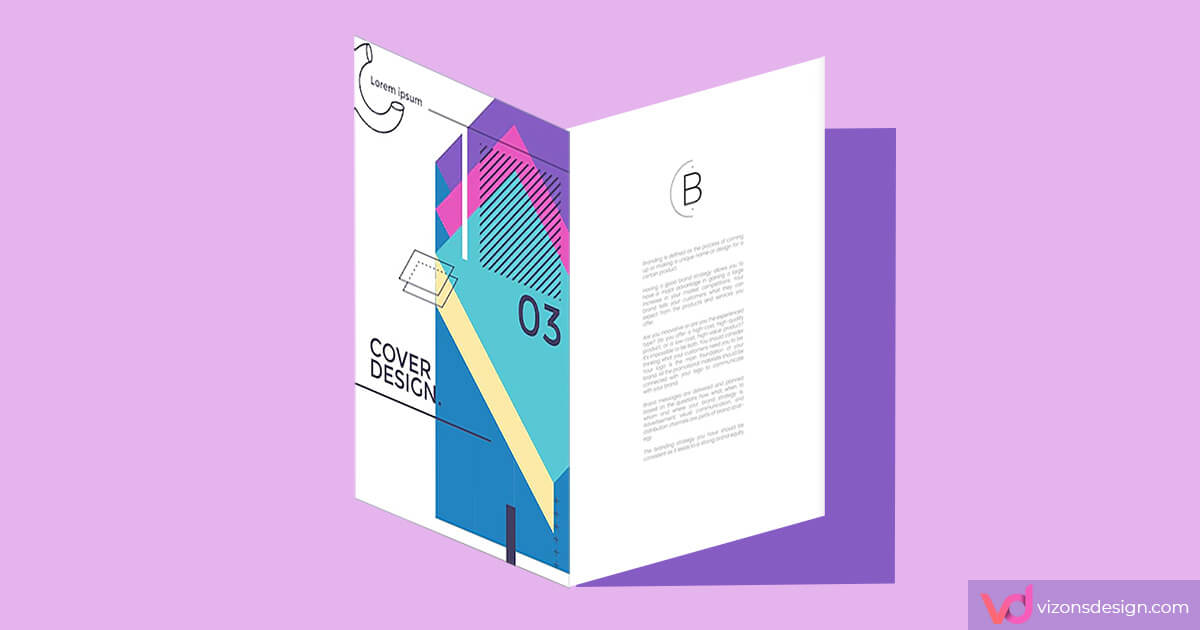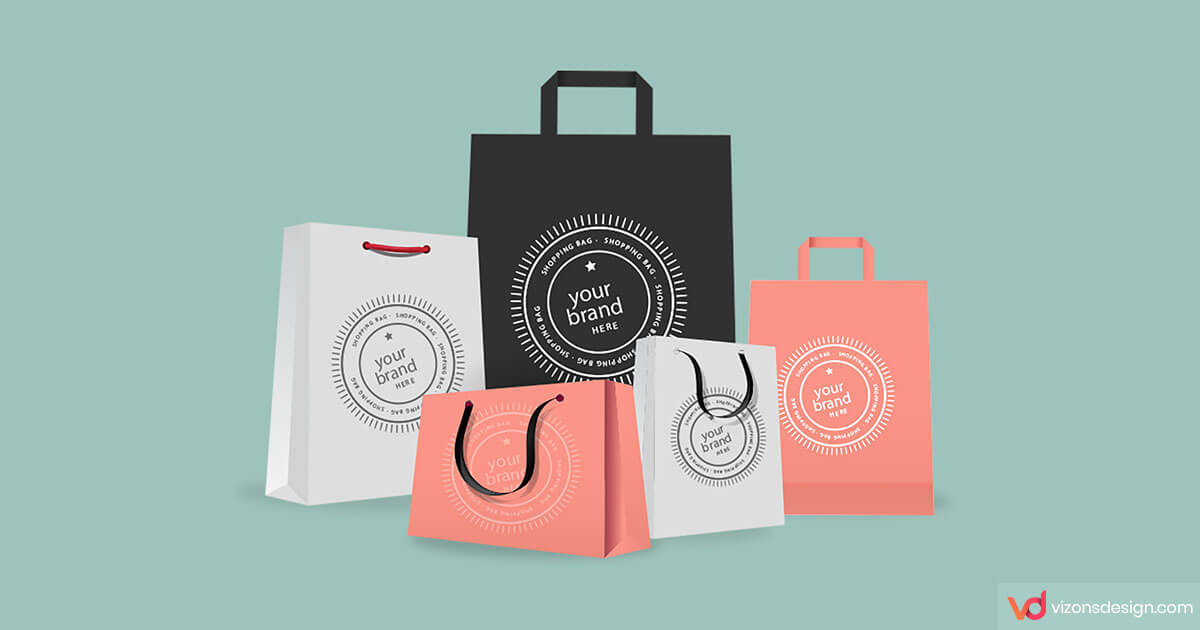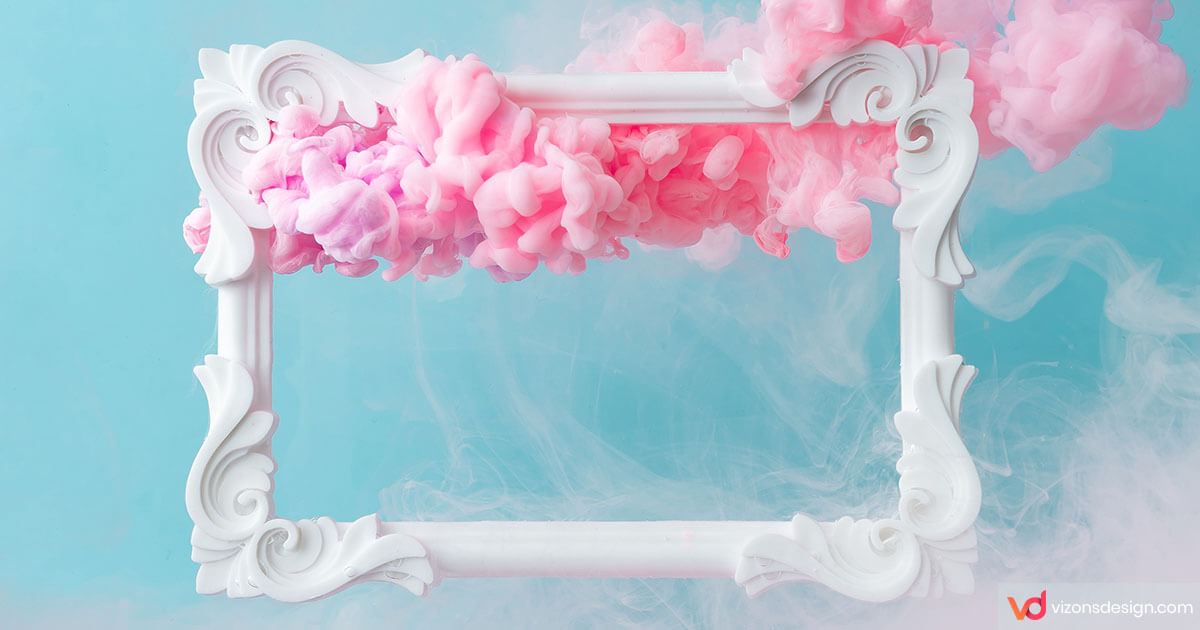Important Brochure Design Tips To Follow

Having brochure design tips at your disposal can save you from disastrous design and layout issues. After all, brochures are one of the most important marketing tools for companies. So, you don’t want to make mistakes if they are preventable.
And that’s just what these brochure design tips are created to do. That is, help you avoid common mistakes when designing marketing materials such as brochures. As an important marketing element, brochures serve an expedited need for current and potential customers.
First, they are highly used to promote your business, product or service. Second, many businesses use brochures to educate customers. And third, due to the small format size, the information is easy to digest.
Given these points, it’s likely that brochure design tips are useful to have prior to starting the project.
Brochure Design Tips
Compared to other marketing pieces like posters and flyers, brochures give you a better return on your investment. However, all these benefits are only applicable if the brochure design and layout are on point.
In a word, you will waste time and money if the brochure design is ineffective. With this in mind, continue reading for important brochure design tips to apply to your own designs.
DOS – To create an effective brochure design, do the following.
1.Know The Objective
When working on your business brochure, remember to stick to the core purpose. It’s important to understand the goals and objectives behind creating the brochure. Having clarity about these points will help you create the overall layout as well as targeted message.
2.Make The Cover A Priority
Give that the cover is the first section recipients will see and read, give it top priority. If necessary, spend more time designing the cover that designing inner pages. And make sure that the cover’s design clearly establishes the purpose for your promotion.
Creating an aesthetically pleasing cover will grab the readers’ attention. Not only that, but they will be more likely to open it to discover more information.
3.Use Quality Images
Unlike the web, images for print need to be high resolution. So you can’t use a 72dpi image as you can for the web and expect it to look great when printed. Another thing to remember is to choose images that are relevant to what the brochure is about.
4.Have a Clear Call-to-Action
Do you want customers to call you after reading the brochure? Or visit a specific page on your website? Choosing the desired action is up to you, but you need to have one. General speaking, the call to action should stand out. So, perhaps you can use a different shape or shade of color that complements the overall brochure.
5.Know Your Audience
In essence, knowing your target audience needs to be decided before starting the brochure design. In fact, this one of the most critical brochure design tips to follow. If you don’t know your audience, how will you know how to blend the colors? Or to cater the messaging to a specific age group? So, make sure the overall brochure caters to your intended audience.
DON’TS – The following list will help you avoid design and layout mistakes.
1.Use Too Much Text
No one likes to read print material with tons of text. So, don’t try to tell everything in the brochure, instead make use of lists and graphics. A brochure that’s inundated with textual information is difficult to digest. Using white space is also recommended as it improves the appearance and makes surrounding elements easier to see.
2.Have Many Different Fonts
Using too many different fonts makes the brochure look disjointed. Therefore, stick to a maximum of 3 different fonts. One typeface each for the title/heading, subheading, and body. This will make the design flow seamlessly as well as look professional.
3.Make It All About Yourself
One of the most common mistakes made in marketing materials is companies keep themselves in the center of it all. Even though it’s your company, you must keep the audience in mind and address their needs. Not yours.
For instance, how your product or service can help resolve their issues. And not, how many years it took to make that product and all you had to go through.
4.Copy The Competition
It’s one thing to take inspiration from successful competitors, it’s not recommended to blatantly copy what they’re doing. In addition to confusing consumers, it also tarnishes your brand. Instead, create a unique company brochure so that you stand out from the competition.
If you are looking for professional guidance and support with your graphic design services, we can help. Simply get in touch with us today.
Vizons Design
Related Posts

Design Template Benefits
One of the primary focuses of any business is to monitor their spending. And to…

Bright and Bold Colorful Templates Design
Bright and bold design color trends are changing the way designers use colors in their…

Graphic Design Styles Predictions For 2021
From Pop Art to Surrealism to 3D, let's take a look at graphic design styles…

Why You Need Balance In Graphic Design
Discover why balance is important in graphic design, and how to apply the 4 types…